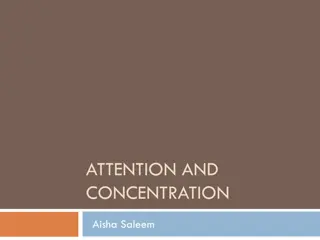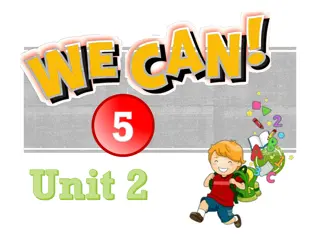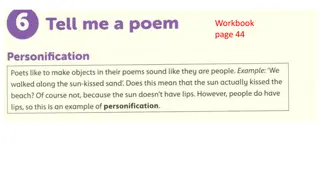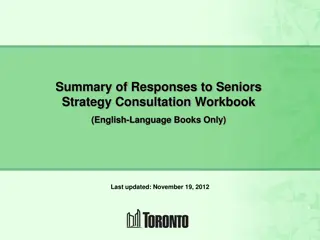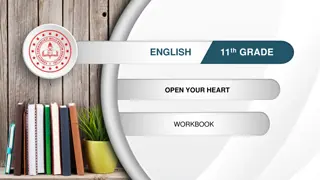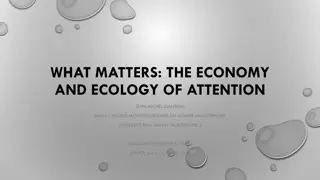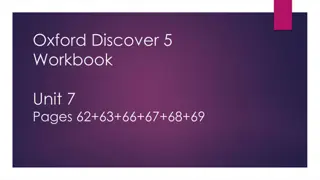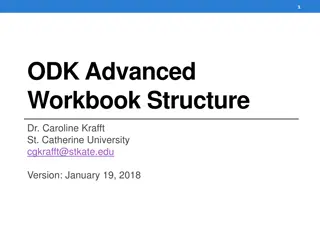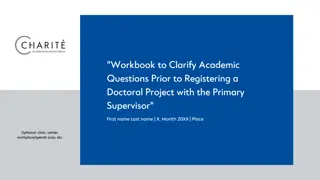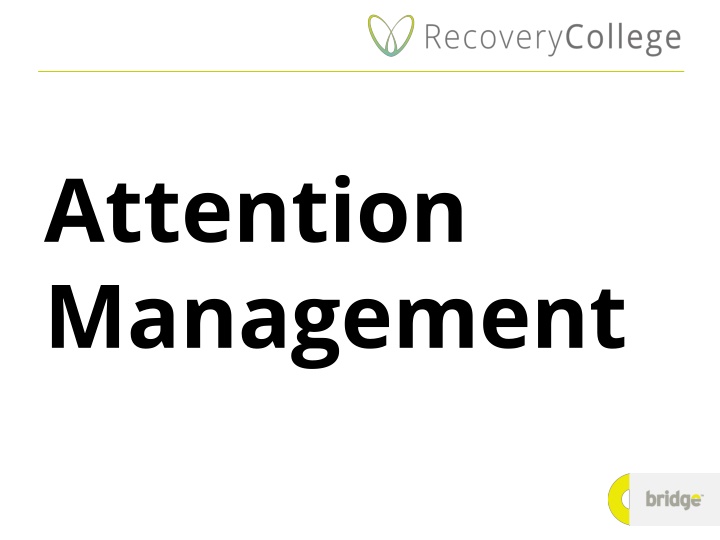
Effective Attention Management Strategies for Productivity
Learn the art of attention management to control distractions, find flow, and enhance focus. Discover how to prioritize tasks, create strategies, and overcome procrastination for optimal productivity and personal growth.
Download Presentation

Please find below an Image/Link to download the presentation.
The content on the website is provided AS IS for your information and personal use only. It may not be sold, licensed, or shared on other websites without obtaining consent from the author. If you encounter any issues during the download, it is possible that the publisher has removed the file from their server.
You are allowed to download the files provided on this website for personal or commercial use, subject to the condition that they are used lawfully. All files are the property of their respective owners.
The content on the website is provided AS IS for your information and personal use only. It may not be sold, licensed, or shared on other websites without obtaining consent from the author.
E N D
Presentation Transcript
Attention Management
Stop Thinking and Pay Attention! The advice stop thinking may seem counter-intuitive to attention management. Many people, however, are over thinking everything and focused on the wrong things. When we constantly think we do not pay attention to what is around us. Our feelings control how and what we do. Follow your plan and not your mood.
Attention Management defined Attention management is the practice of controlling distractions, being present in the moment, finding flow, and maximising focus. It allows us to be more proactive than reactive. It means we decide where our attention goes. We don t let outside demands decide for us. It allows us to live lives of choice rather than reaction and distraction.
Attention Management Distraction Flow Attention Management Chronic procrastination Difficulty with follow- through Inability to focus Impatience Optimal learning Energised focus Feeling of joy
Time management is really self- management.
Check-in Consider the following questions: What has my attention right now and why? Is this a priority for me? Why is this a priority? Should I be doing something else with my time? What is driving my focus right now? Internal structure (this is what I choose to do) or external structure (commitments, deadlines, consequences)? How can I merge both to increase my motivation to focus? Is there something I am avoiding or forgetting to do?
Attention Management Create strategies End Focus attention procrastination
Prioritisation of tasks An Urgent Important matrix is a simple but effective tool for prioritising your to-do list based on the level of urgency and importance of each task.
Pomodoro Technique train your attention The Pomodoro Technique is a time management method developed by Francesco Cirillo in the late 1980s. The technique uses a timer to break down work into intervals, traditionally 25 minutes in length, separated by short breaks. 1. Choose a task to be accomplished. 2. Set a kitchen timer for 25 minutes (preferably, a tomato timer). 3. Work on the task until 25 minutes is up. 4. Take a short five-minute break (this marks the completion of one "Pomodoro"). 5. Repeat steps 1 to 4. 6. After every four pomodoros, take a longer break such as 20 minutes or more.
The Five More Rule Whenever you feel like quitting just do five more - five more minutes, five more exercises, five more pages which will extend your focus. The rule pushes you beyond the point of frustration and helps build mental concentration.





